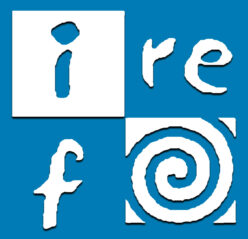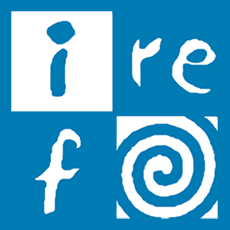
A complete philosophy curriculum would necessarily include a treatment of aesthetics as an important part of practical philosophy. Implicitly or explicitly, aesthetics is present in all the P4C curriculum materials, both in the content and in the basic inspiration for some of the postulates.
It was no accident that Matthew Lipman chose literature as a tool and pretext for fostering reflection in children.
Assuming that the overall objective of the P4C movement is to help children and youths learn to think for themselves, this ideal is in keeping with many of the proposals of aesthetics teaching.
We must help students apply logical reasoning in the contemplation of art, just as we must also help them rationalize their emotions:
It is our belief that the work of art (novel, poem, painting, film, etc.), in addition to being a source of emotions, is a source of knowledge.
Art, with its potential and its appeal, is a door to knowledge, often unexplored, but complete and holistic, for it naturally combines cognizant and affective, intellectual and sentimental aspects: it speaks to the head and to the heart.
- Thinking with movies
- Clapperboard: Pre-school and primary education
- Children’s rights and movies
- Ethics and cinema

